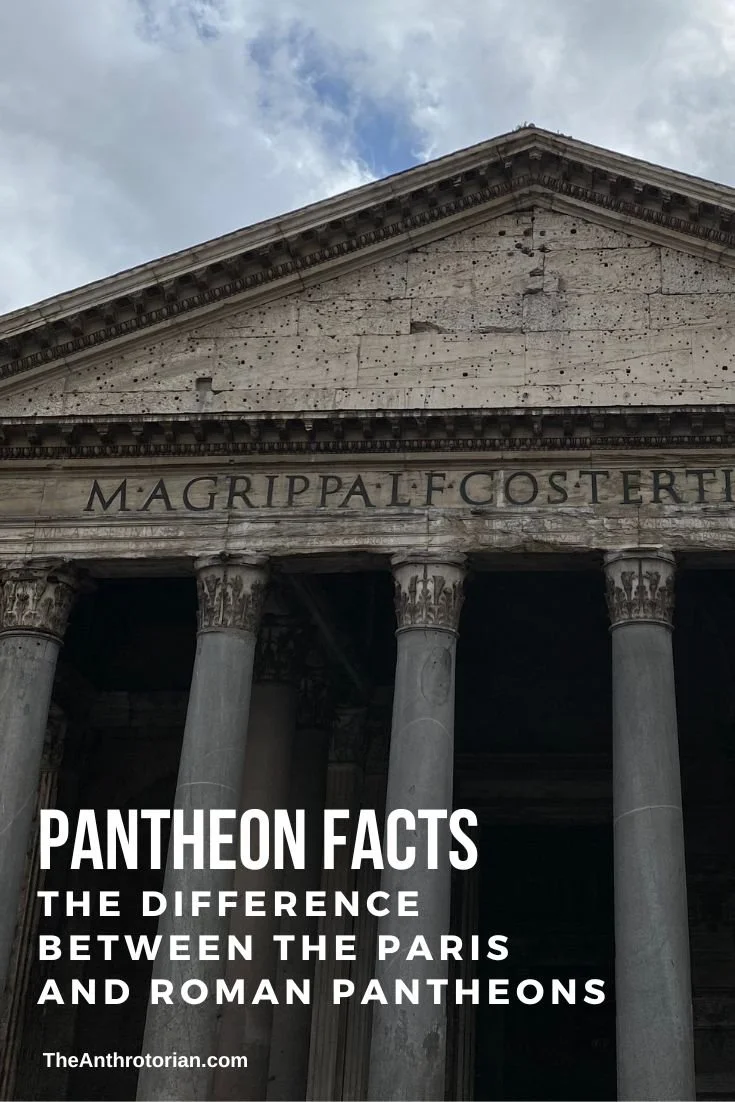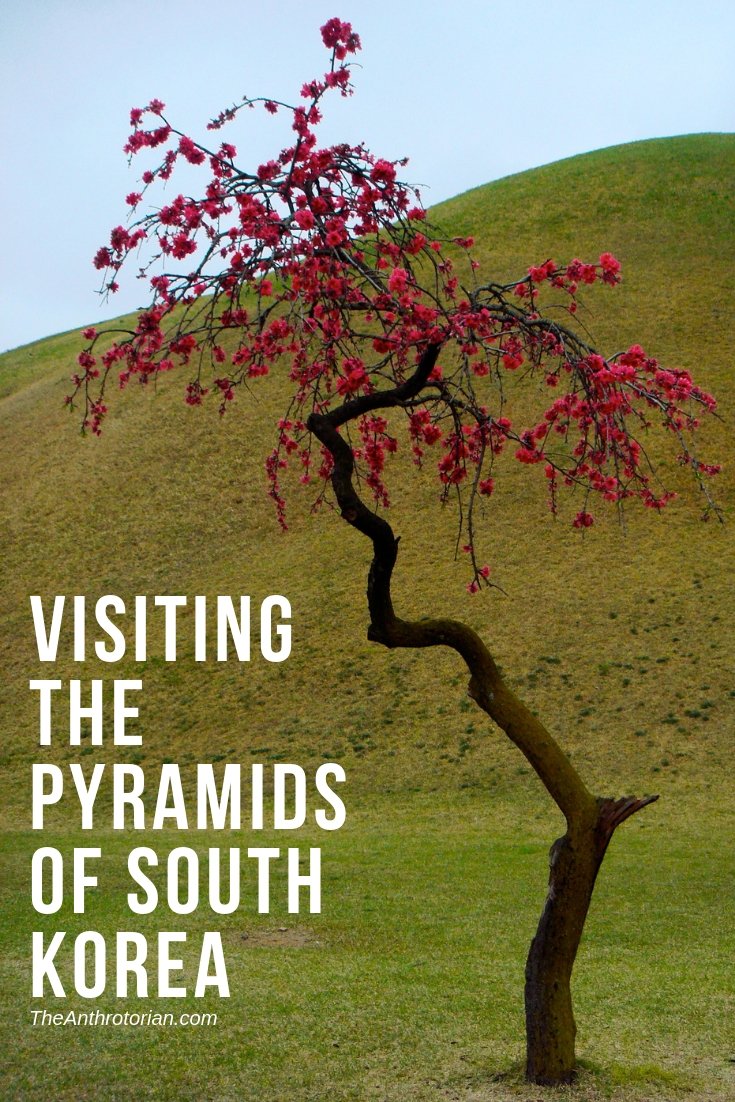November 11, known as Remembrance Day in Canada and the other Commonwealth Nations of the world, is a day that has been observed since the end of World War I to remember the men and women who died in the line of duty. (Many non-Commonwealth Nations, like the United States, also treat this day as one of remembrance, as November 11, 1918, was the day when hostilities officially ended in WWI.)
Starting November 1 and leading up to the 11th, you will see red poppies start to appear on the left lapel of Canadians, and the symbol of the poppy will be displayed in shop windows and on signs all over the country.
Why a poppy?
During the war, most of the fighting took place on the Western Front that was largely countryside. While most of the landscape was turned to mud, the bright red Flanders poppy seemed resilient to the non-stop bombing and continued to grow amongst the chaos. They were especially abundant on the mass graves that were the result of bloody battles.
In the spring of 1915 after losing a good friend in Ypres, a Canadian doctor, Lieutenant Colonel John McCrae, was inspired by the sight of the poppies growing amongst the dead and battle-scarred fields to write the now famous poem In Flanders Fields.
IN FLANDERS FIELDS
by Lt Colonel John McCrae
In Flanders' fields the poppies blow
Between the crosses, row on row,
That mark our place: and in the sky
The larks, still bravely singing, fly
Scarce heard amid the guns below.
We are the dead. Short days ago
We lived, felt dawn, saw sunset glow,
Loved and were loved, and now we lie
In Flanders' fields.
Take up our quarrel with the foe;
To you from failing hands we throw
The torch; be yours to hold it high,
If ye break faith with us who die
We shall not sleep, though poppies grow
In Flanders' Fields.
The beautiful poem inspired American Moina Michael to make red silk poppies to sell, and the practice quickly spread. Now, poppies are sold (by donation) around the world in November and worn as a symbol of Remembrance and of the heavy cost of war.






